Blog Details
The Best Luxury Field Watches on the Market
March 24, 2023
Conventionally defined, a field watch is a simple, legible watch intended for practical use "in the field." Field watches originated in the First World War. Around this time, men typically used pocket watches to keep time. However, a pocket watch must be removed from a pocket for time-telling, rendering it impractical in the extreme environment of battle. To amend this problem, pocket watches were adapted for the wrist. Thus, the "trench watch" was born. When conflict is imminent, you can imagine that accuracy and legibility are paramount. Consequently, a field watch is usually a durable, precise, time-only timepiece featuring readable Arabic numerals and strong lume. The use of trench watches in World War I elevated the wristwatch from a feminine jewelry accessory into a pragmatic instrument representing valor.
The field watch's minimalism and association with combat have given the style enduring popularity. Perhaps because of their utilitarian simplicity, field watches are typically positioned at lower price points. Indeed, the very idea of a "luxury" field watch may seem oxymoronic considering the category's practical background. For instance, take the popular Hamilton Khaki Field, a watch with a basic, workhorse movement available for around $500. Many microbrands like Vaer, Lorier, and Traska offer field watches at similar price points. "Luxury" field watches (i.e., timepieces priced over $1000) are comparatively less common. The following list focuses on compelling field watches in this category.
Longines Spirit
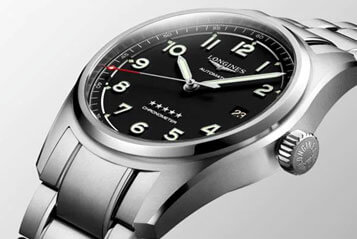 The Longines Spirit has grown popular in recent years, and deservedly, too; well-finished, precise, and competitively priced at $2,500 (retail), the Spirit offers an undeniably intriguing value proposition. The clean design is simple but thoughtful, including details like a red tip on the seconds hand, a color-matched date wheel, a raised minutes track, and sand-blasted hands. The 40- and 42-millimeter models even feature a screw-down crown. The large, Super-LumiNova-coated Arabic numerals and hands maximize readability. The watch holds its own technically as well, boasting 100-meter water resistance and a COSC certification to boot. The Caliber L888.4 may not be in-house, though it is exclusively produced for Longines by ETA. In addition to 40- and 42-millimeter sizes, the Spirit is available in a classically proportioned 37-millimeter case.
The Longines Spirit has grown popular in recent years, and deservedly, too; well-finished, precise, and competitively priced at $2,500 (retail), the Spirit offers an undeniably intriguing value proposition. The clean design is simple but thoughtful, including details like a red tip on the seconds hand, a color-matched date wheel, a raised minutes track, and sand-blasted hands. The 40- and 42-millimeter models even feature a screw-down crown. The large, Super-LumiNova-coated Arabic numerals and hands maximize readability. The watch holds its own technically as well, boasting 100-meter water resistance and a COSC certification to boot. The Caliber L888.4 may not be in-house, though it is exclusively produced for Longines by ETA. In addition to 40- and 42-millimeter sizes, the Spirit is available in a classically proportioned 37-millimeter case.
Tudor Ranger
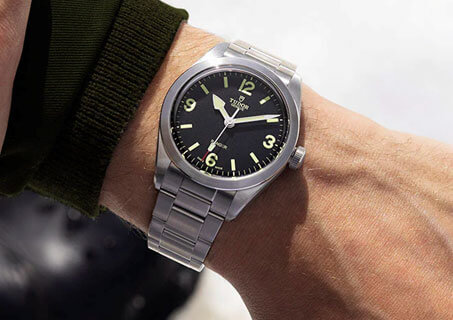 The Tudor Ranger is commonly viewed as a more affordable alternative to the Rolex Explorer, although their designs differ enough to question whether this opinion is only the result of the brand's unshakable connection to Rolex which makes comparisons inevitable. The Tudor Ranger was re-released just last year. While the latest iteration is fresh, the design dates to the 1960s and was previously revived in 2014 as the 41-millimeter Heritage Tudor Ranger. Today, the Tudor Ranger follows the formula that made the Black Bay Fifty-Eight immensely popular; both models take inspiration from vintage Tudors and have wearable 39-millimeter cases. The Ranger also capitalizes off the brand's reputation as an industry leader in quality for price for which the Black Bay and Black Bay Fifty-Eight are largely responsible. The Ranger seems to deliver in the quality department as well. The case and bracelet are fully brushed, and the dial has an intriguing, grainy matte black finish. This understated finishing feels fitting for a functional timepiece like the Ranger. The watch's functionality doesn't end here. The dial has plenty of lume due to the large numerals, hour markers, and arrow-shaped hour hand. The seconds hand features a red tip and additional lume to increase readability. The Ranger also houses the COSC-certified manufacture Caliber MT5402. With its legible dial, screw-down crown, 100 meters of water resistance, and precise movement, the Tudor Ranger delivers everything you'd want from a field watch in a compact, visually pleasing package.
The Tudor Ranger is commonly viewed as a more affordable alternative to the Rolex Explorer, although their designs differ enough to question whether this opinion is only the result of the brand's unshakable connection to Rolex which makes comparisons inevitable. The Tudor Ranger was re-released just last year. While the latest iteration is fresh, the design dates to the 1960s and was previously revived in 2014 as the 41-millimeter Heritage Tudor Ranger. Today, the Tudor Ranger follows the formula that made the Black Bay Fifty-Eight immensely popular; both models take inspiration from vintage Tudors and have wearable 39-millimeter cases. The Ranger also capitalizes off the brand's reputation as an industry leader in quality for price for which the Black Bay and Black Bay Fifty-Eight are largely responsible. The Ranger seems to deliver in the quality department as well. The case and bracelet are fully brushed, and the dial has an intriguing, grainy matte black finish. This understated finishing feels fitting for a functional timepiece like the Ranger. The watch's functionality doesn't end here. The dial has plenty of lume due to the large numerals, hour markers, and arrow-shaped hour hand. The seconds hand features a red tip and additional lume to increase readability. The Ranger also houses the COSC-certified manufacture Caliber MT5402. With its legible dial, screw-down crown, 100 meters of water resistance, and precise movement, the Tudor Ranger delivers everything you'd want from a field watch in a compact, visually pleasing package.
Bremont Broadsword
 Since its relatively recent founding in 2002, the British luxury watch brand Bremont has become renowned for its military watches. The company takes its military connection very seriously; Bremont was the first watch brand to sign the United Kingdom's Armed Forces Covenant to support British veterans and members of the armed forces. The Broadsword continues this military tradition. The model was inspired by the so-called "Dirty Dozen" watches, a group of 12, highly collectible timepieces commissioned by the British Ministry of Defense in the Second World War. 12 companies met this demand (hence Dirty Dozen), including Cyma, Omega, Jaeger-LeCoultre, IWC, and Longines. The watches were built to careful specifications, including shock- and waterproofness, chronometer accuracy, a black dial, luminescent hands and hour markers, Arabic numerals, a stainless steel case, and a shatter-resistant crystal. The Broadsword maintains these specifications with a few modern changes. In place of a Broad Arrow on the dial (a War Office and Ministry of Defense symbol), the Bremont displays HMAF (His Majesty's Armed Forces), demonstrating that the watch has been approved by the British Armed Forces. While all the original Dirty Dozen watches were sized between 35 and 38 millimeters, the Broadsword has been upsized to 40. The inclusion of a date display is another welcome change for those seeking modern functionality. Notably, the Broadsword features small seconds like the military-spec watches of the '40s. This is achieved with the automatic chronometer-rated BE-95-2AV movement (a modified Sellita SW260-1). The case is also notable, featuring two-piece construction and hardened steel that has been almost completely satin brushed. The caseback displays the heraldic badges of the Royal Navy, Army, and Air Force. If you're looking for a field watch with a genuine military connection, then the Bremont Broadsword is an excellent choice.
Since its relatively recent founding in 2002, the British luxury watch brand Bremont has become renowned for its military watches. The company takes its military connection very seriously; Bremont was the first watch brand to sign the United Kingdom's Armed Forces Covenant to support British veterans and members of the armed forces. The Broadsword continues this military tradition. The model was inspired by the so-called "Dirty Dozen" watches, a group of 12, highly collectible timepieces commissioned by the British Ministry of Defense in the Second World War. 12 companies met this demand (hence Dirty Dozen), including Cyma, Omega, Jaeger-LeCoultre, IWC, and Longines. The watches were built to careful specifications, including shock- and waterproofness, chronometer accuracy, a black dial, luminescent hands and hour markers, Arabic numerals, a stainless steel case, and a shatter-resistant crystal. The Broadsword maintains these specifications with a few modern changes. In place of a Broad Arrow on the dial (a War Office and Ministry of Defense symbol), the Bremont displays HMAF (His Majesty's Armed Forces), demonstrating that the watch has been approved by the British Armed Forces. While all the original Dirty Dozen watches were sized between 35 and 38 millimeters, the Broadsword has been upsized to 40. The inclusion of a date display is another welcome change for those seeking modern functionality. Notably, the Broadsword features small seconds like the military-spec watches of the '40s. This is achieved with the automatic chronometer-rated BE-95-2AV movement (a modified Sellita SW260-1). The case is also notable, featuring two-piece construction and hardened steel that has been almost completely satin brushed. The caseback displays the heraldic badges of the Royal Navy, Army, and Air Force. If you're looking for a field watch with a genuine military connection, then the Bremont Broadsword is an excellent choice.
Omega Railmaster
Watch columnists and enthusiasts often describe the Railmaster as underrated. The model debuted in the 1950s alongside two now iconic models which far outshine it, namely the Seamaster and the Speedmaster. However, it's fitting that the Railmaster's history is far less glamorous. The watch is purely meant to be simple and functional–its only gimmick is artificially aged Super-LumiNova. Although the Railmaster could be more accurately described as a tool watch, the model possesses many of the technical and aesthetic qualities that comprise a good field watch, beginning with durability. Originally intended for use around railroads and electric 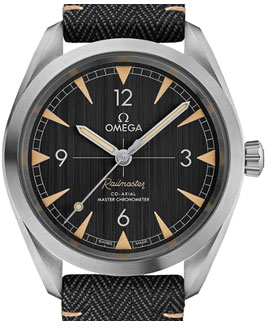 fields, the Railmaster is magnetic resistant up to 15,000 gauss. The watch's precision under several conditions is ensured by Omega's METAS Master Chronometer certification. The design is equally utilitarian; the Railmaster's 40-millimeter case is distinguished by a simple, satin-brushed finish while the dial is vertically brushed. Interestingly, the hour markers and railroad minute track are detached from the non-luminescent Arabic numerals. The Railmaster is a subtle yet charming timepiece that does everything it's supposed to do. With a price of around $3,000 on the secondary market, the watch is hard to beat when it comes to value.
fields, the Railmaster is magnetic resistant up to 15,000 gauss. The watch's precision under several conditions is ensured by Omega's METAS Master Chronometer certification. The design is equally utilitarian; the Railmaster's 40-millimeter case is distinguished by a simple, satin-brushed finish while the dial is vertically brushed. Interestingly, the hour markers and railroad minute track are detached from the non-luminescent Arabic numerals. The Railmaster is a subtle yet charming timepiece that does everything it's supposed to do. With a price of around $3,000 on the secondary market, the watch is hard to beat when it comes to value.
Rolex Explorer
The Rolex Explorer is the quintessential expedition watch. No list of field watches is complete without it. The timeless three-six-nine dial configuration and arrow marker at twelve are often emulated in other field watches but will forever remain indistinguishable from the Explorer name. While the design exclusively uses black and white, the so-called "Mercedes" hour hand,  distinctive Arabic numerals, and stark contrast between the white markers and black dial give the Explorer character. The model's "Superlative Chronometer Certified" workhorse movement, durable oyster bracelet and case, and 100-meter water resistance offer the wearer a peace of mind that's hard to get from any other watch brand. Rolex's proprietary lume has been applied liberally to the hands and hour markers, making the time readable no matter the light level. Rolex has produced the Explorer in several variations, including 36- and 39-millimeter versions and a two-tone Explorer that made a big splash when it was introduced in 2021.
distinctive Arabic numerals, and stark contrast between the white markers and black dial give the Explorer character. The model's "Superlative Chronometer Certified" workhorse movement, durable oyster bracelet and case, and 100-meter water resistance offer the wearer a peace of mind that's hard to get from any other watch brand. Rolex's proprietary lume has been applied liberally to the hands and hour markers, making the time readable no matter the light level. Rolex has produced the Explorer in several variations, including 36- and 39-millimeter versions and a two-tone Explorer that made a big splash when it was introduced in 2021.
Write a Comment
Recent Posts
A Guide to Rolexs Releases from Watches and Wonders 2024
April 16, 2024
The Best Releases of 2024 So Far
April 9, 2024
Blancpain Finally Releases the Fifty Fathoms in 42mm
April 9, 2024
The Omega X Swatch Snoopy MoonSwatch
April 3, 2024
H. Moser & Cie Pioneer Tourbillon Midnight Blue
March 28, 2024
The Best Luxury Alternatives to the Royal Oak and Nautilus
March 22, 2024
The Best Affordable Integrated-Bracelet Sports Watches
March 20, 2024
A Brief Introduction to Microbrands
March 20, 2024
Omega Launches a White-Dial Speedmaster
March 20, 2024
How Do Affordable Watches Generate Hype?
March 15, 2024
The New Piaget Polo 79
March 15, 2024
Unique Complications You Might Not Know
December 8, 2023
The F.P. Journe Octa Divine
December 8, 2023
A Guide to Leather Watch Straps
September 22, 2023
The Biggest Tudor News in 2023
September 22, 2023
Should I Buy Used Watches Online or In-Person? Pros and Cons
September 21, 2023
An Overview of Rolex's New Releases
April 18, 2023
The Best Luxury Field Watches on the Market
March 24, 2023
The Unexpected Redemption of the Code 11.59
March 14, 2023
Submariner vs. Sea-Dweller: Which Should I Buy?
March 14, 2023
The Best of High-End Quartz
February 21, 2023
Watches from Movies and TV You Might Have Missed
February 10, 2023
The Richard Mille RM 030 Japan Limited Edition
December 30, 2022
THE GREUBEL FORSEY BALANCIER S CARBON
December 7, 2022
Rolex Explorer Watches
October 8, 2015
Rolex Daytona Cosmograph
October 7, 2015
Rolex Air King Watches
September 8, 2015
Insane Watches Worn By the Rich And Famous
July 10, 2015
8 Best Luxury Watches For Travel
July 10, 2015
MONTRES BREGUET: REINVENTING THE SOUL OF HOROLOGY
May 12, 2015
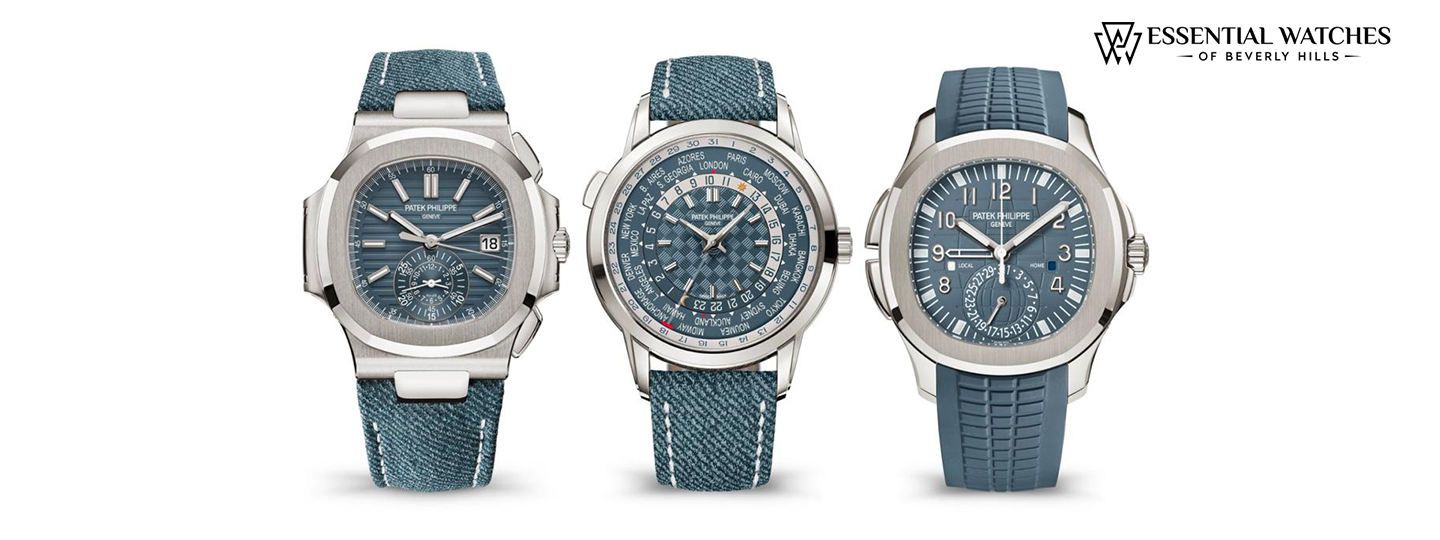

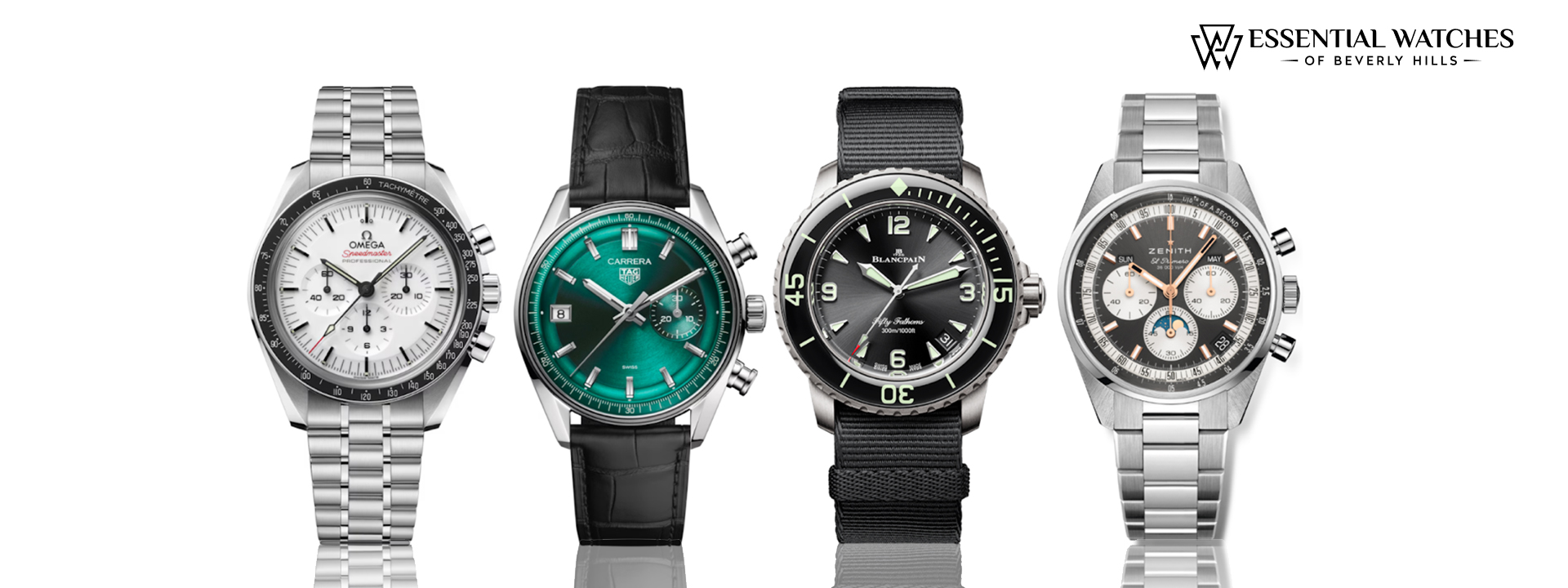
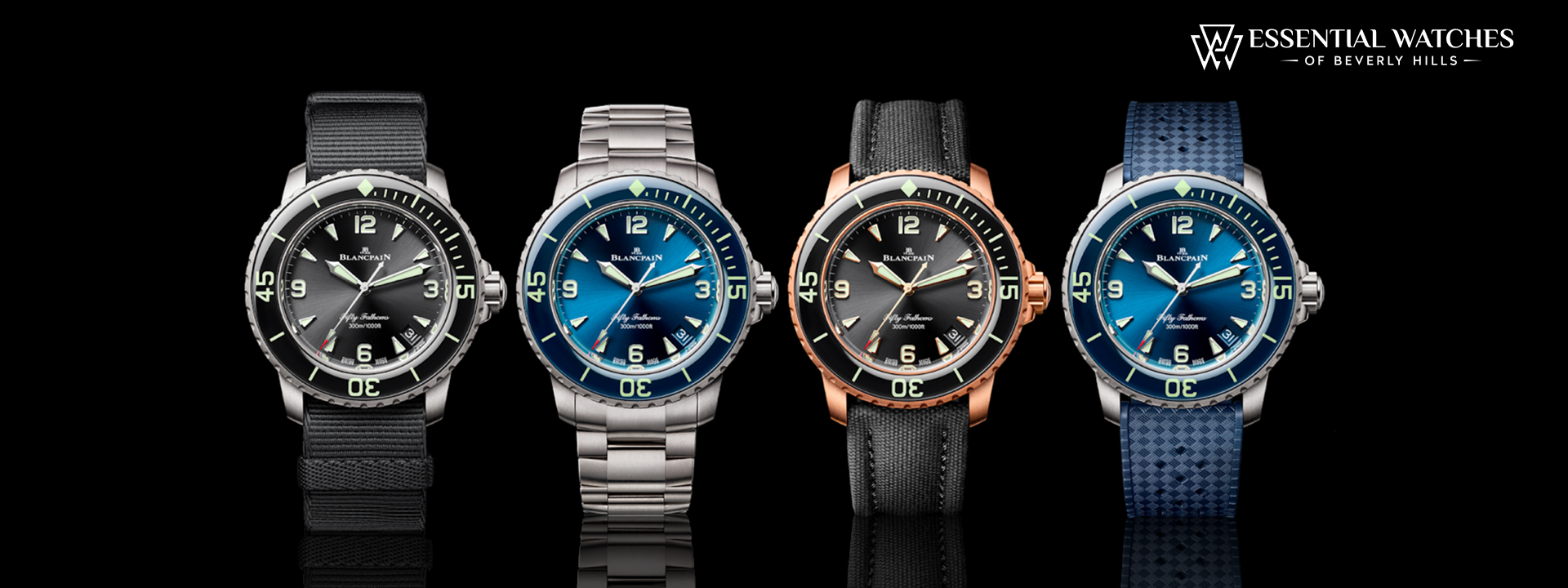

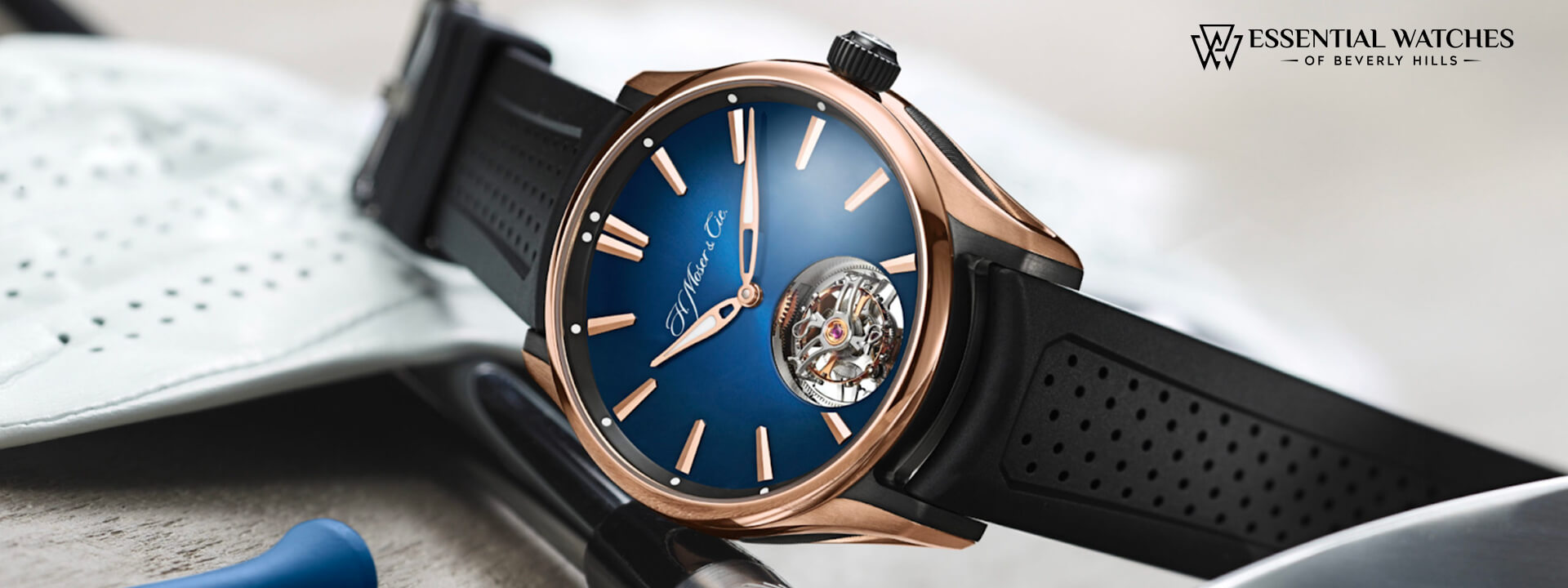
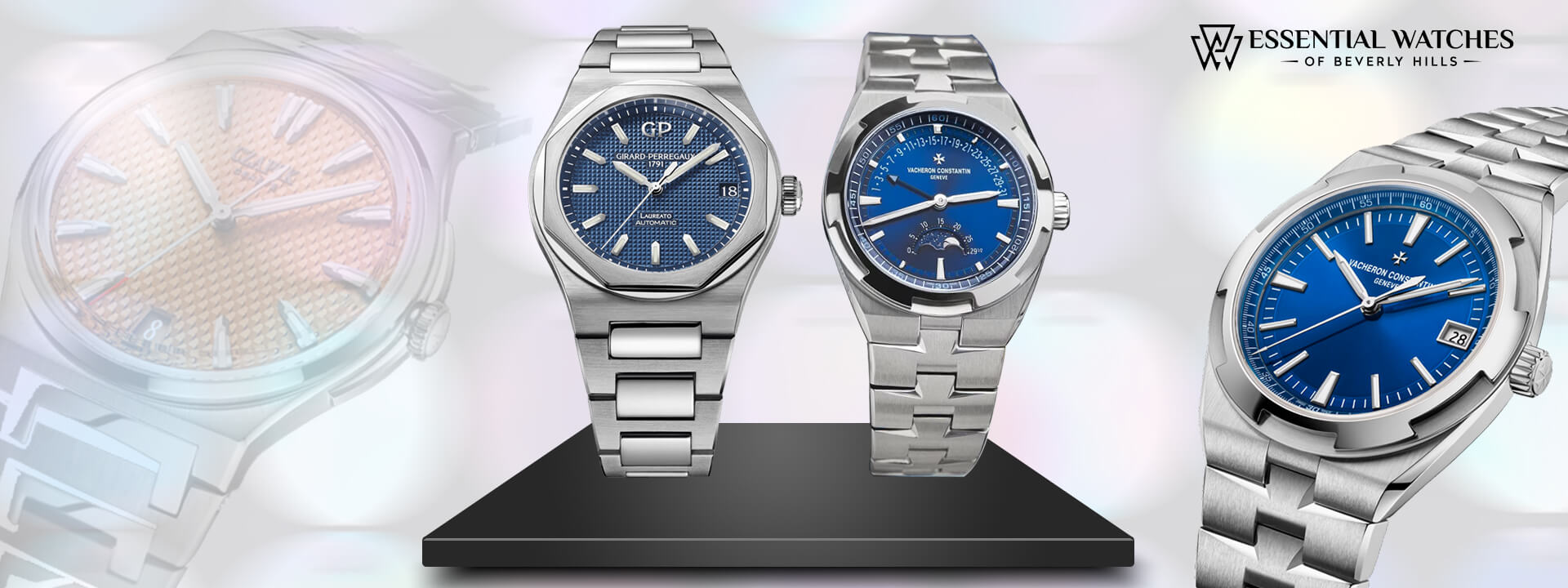
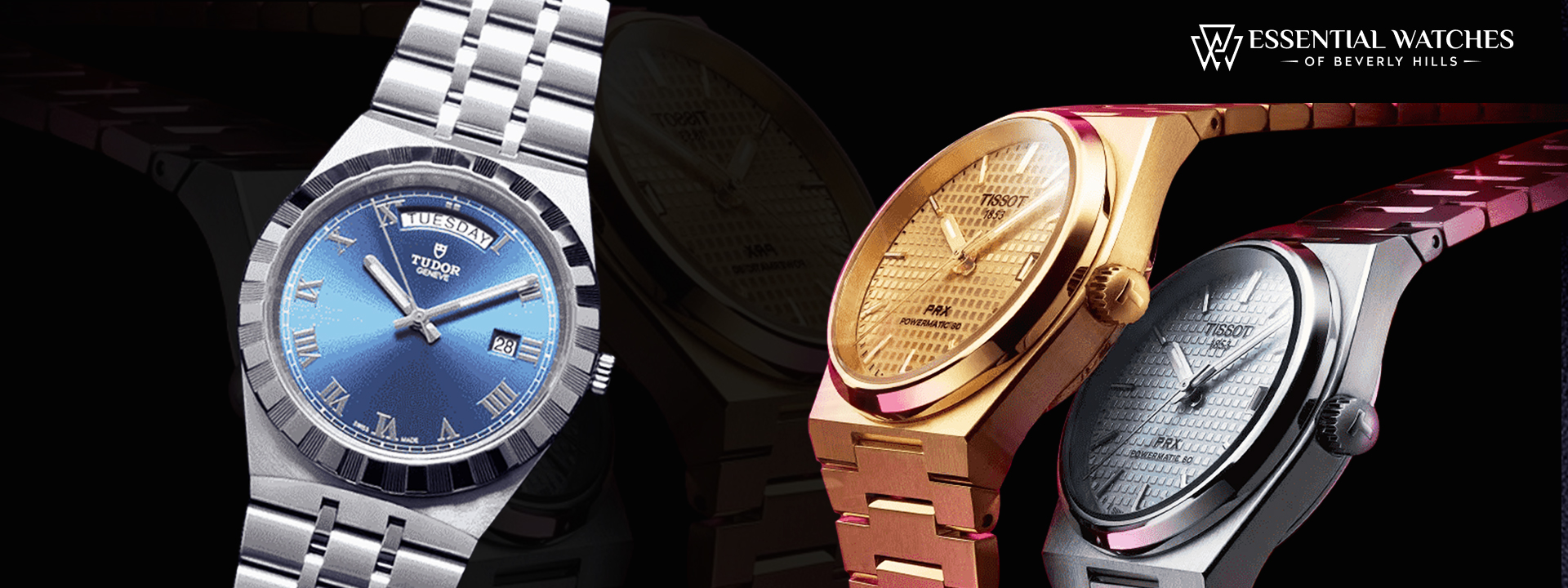
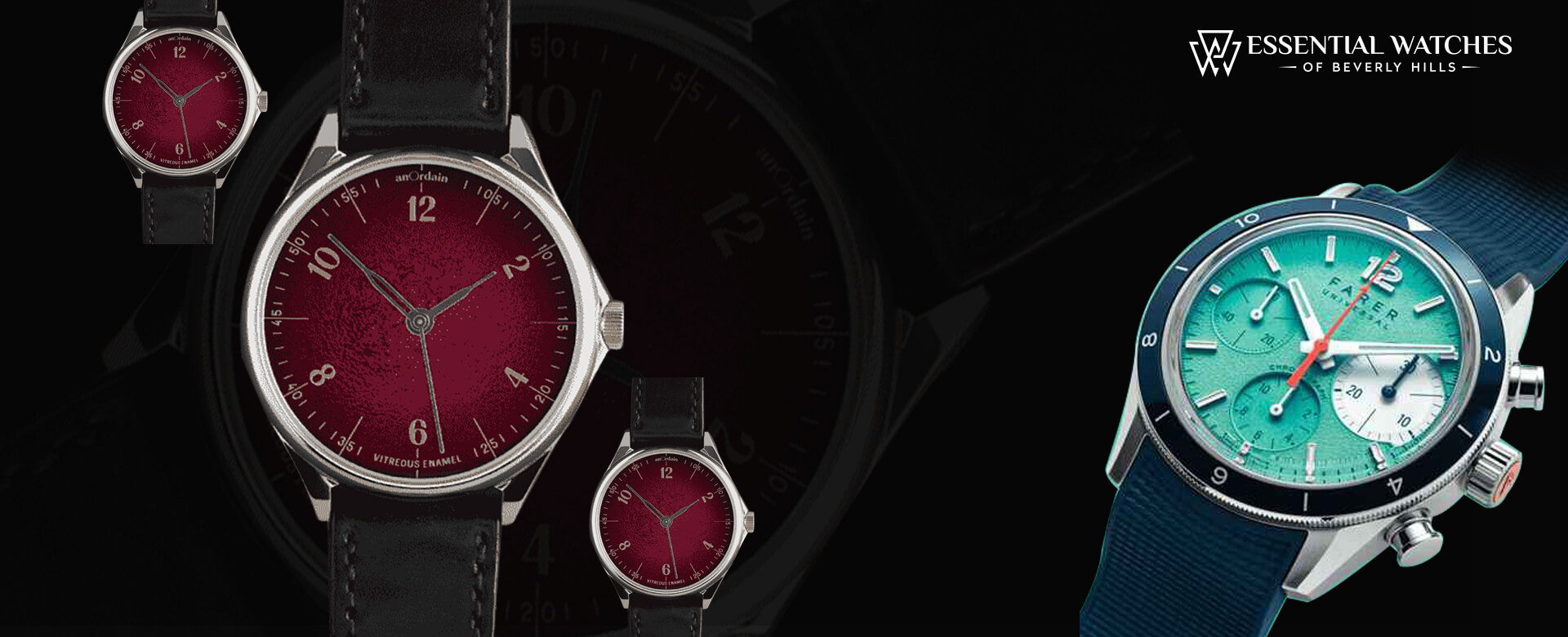
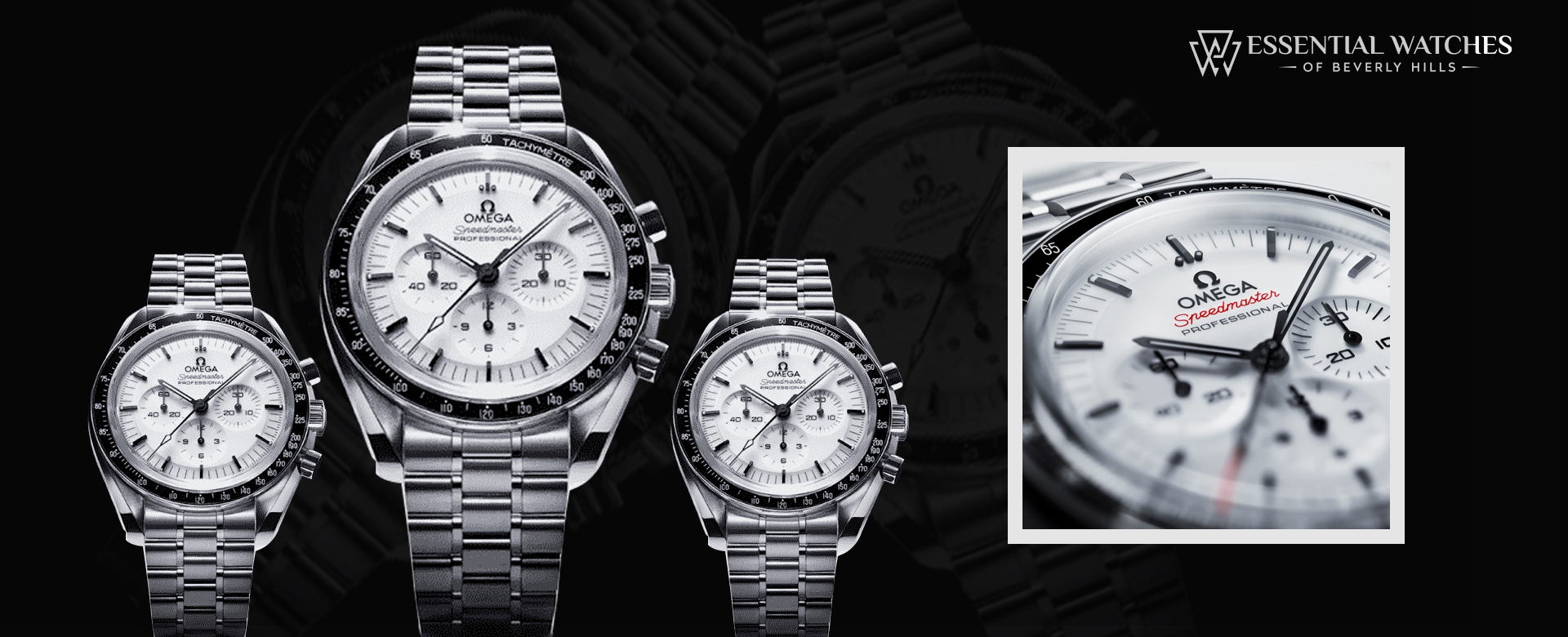
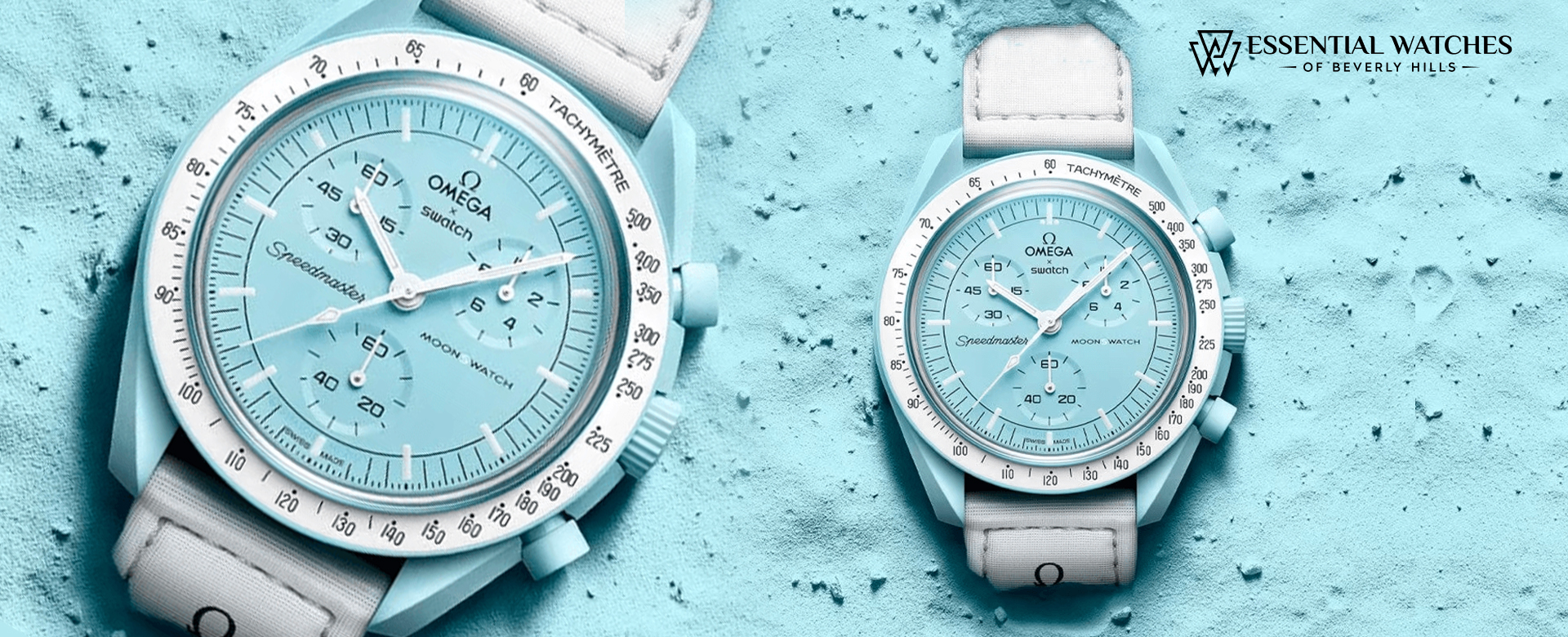
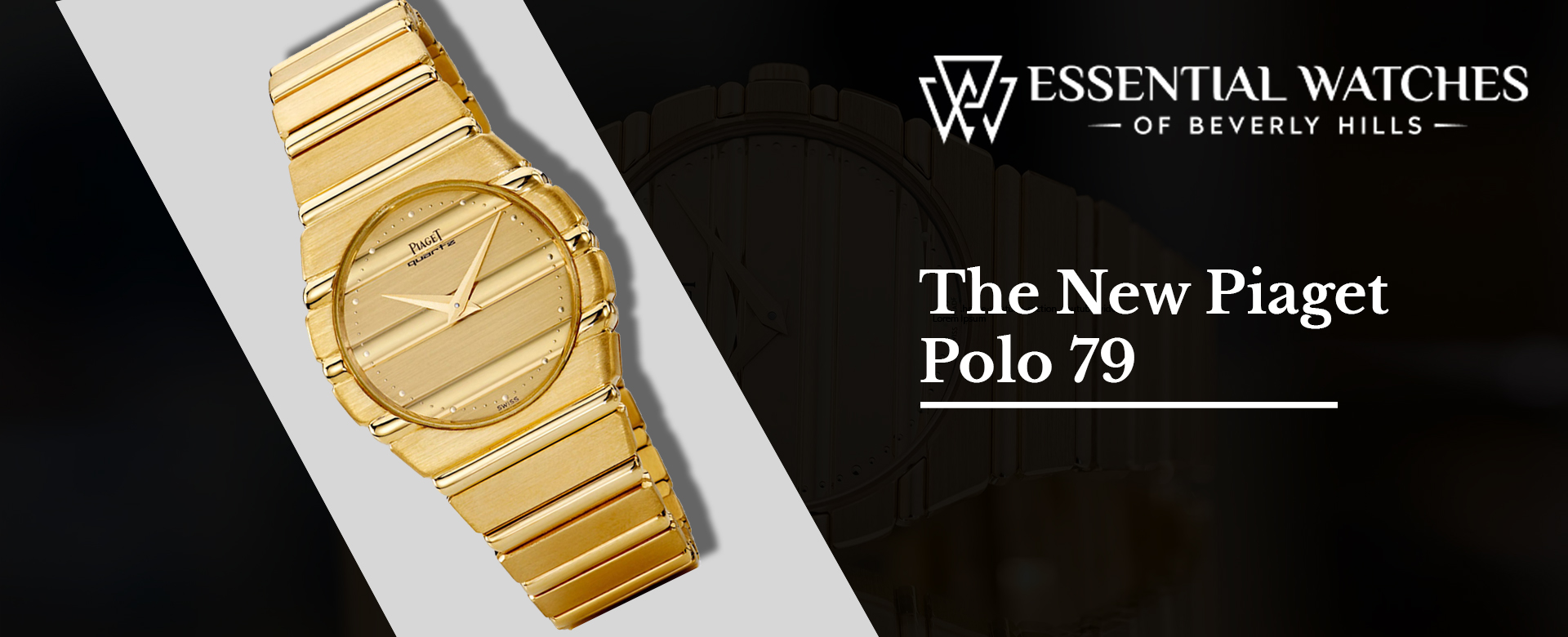
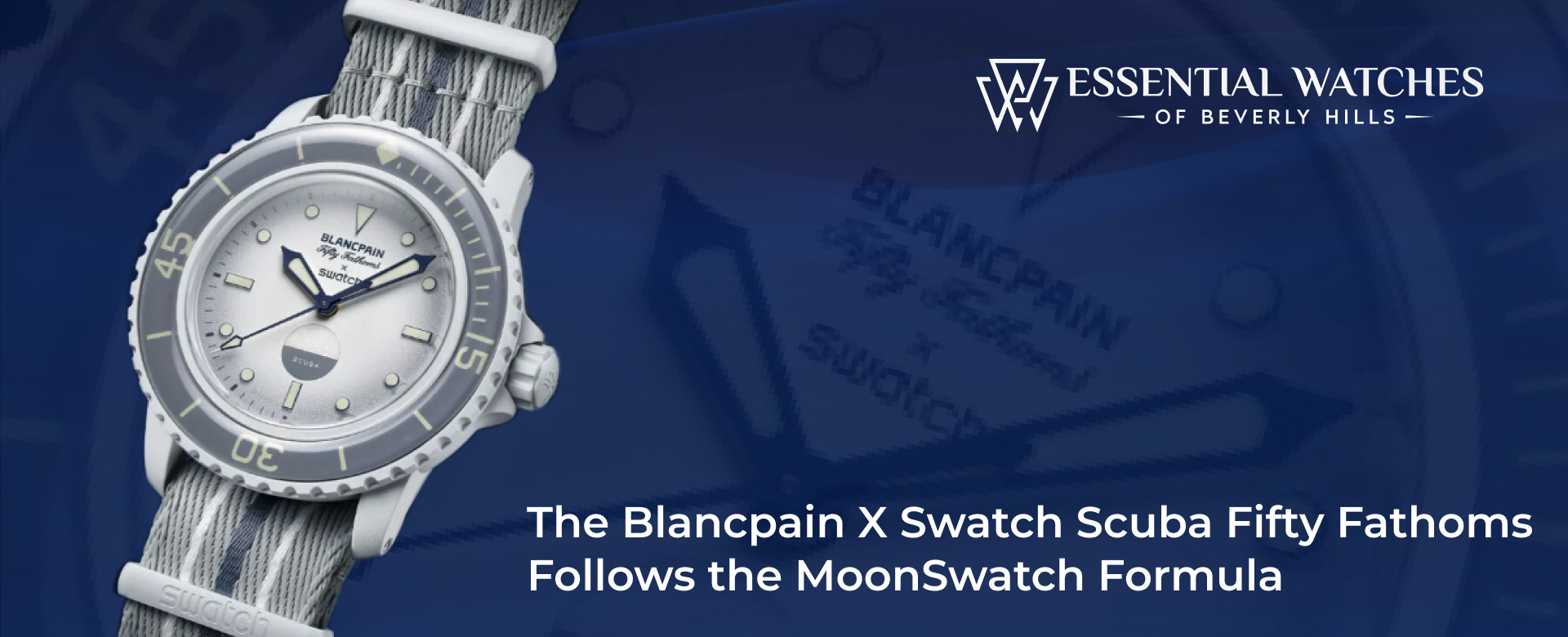

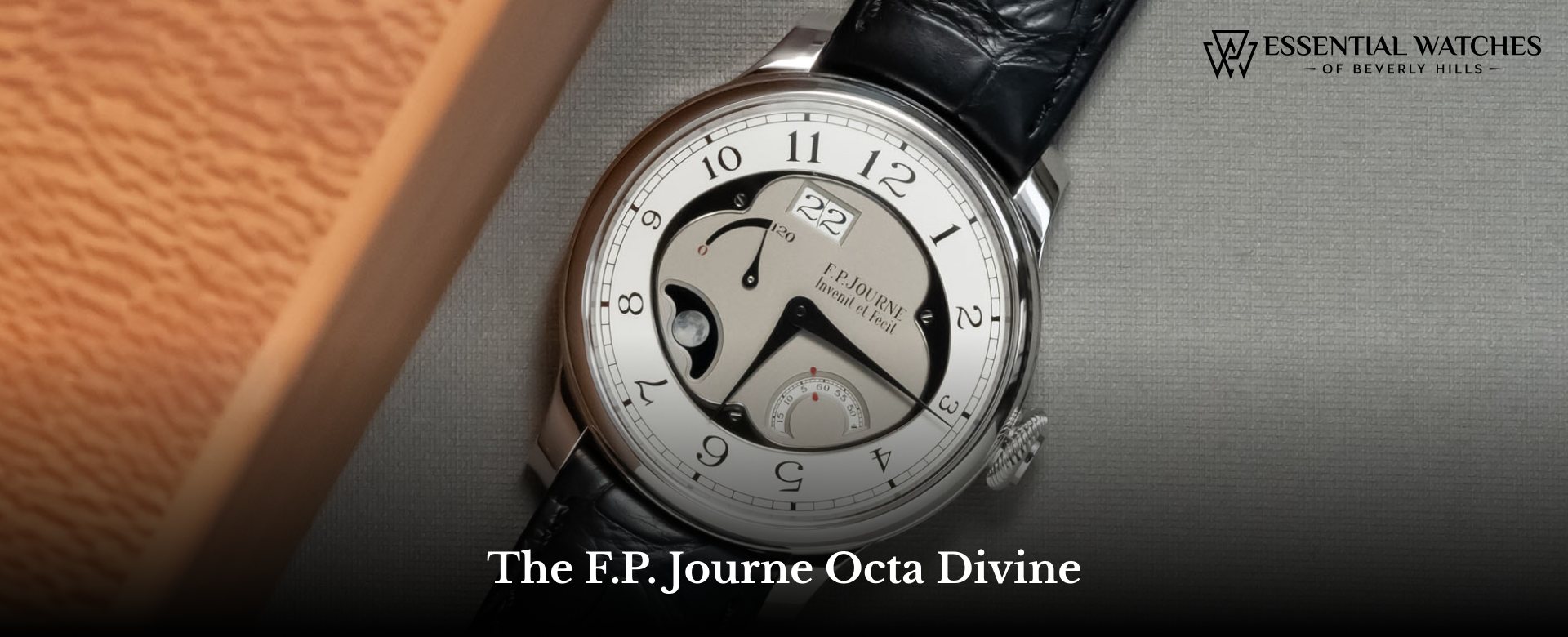


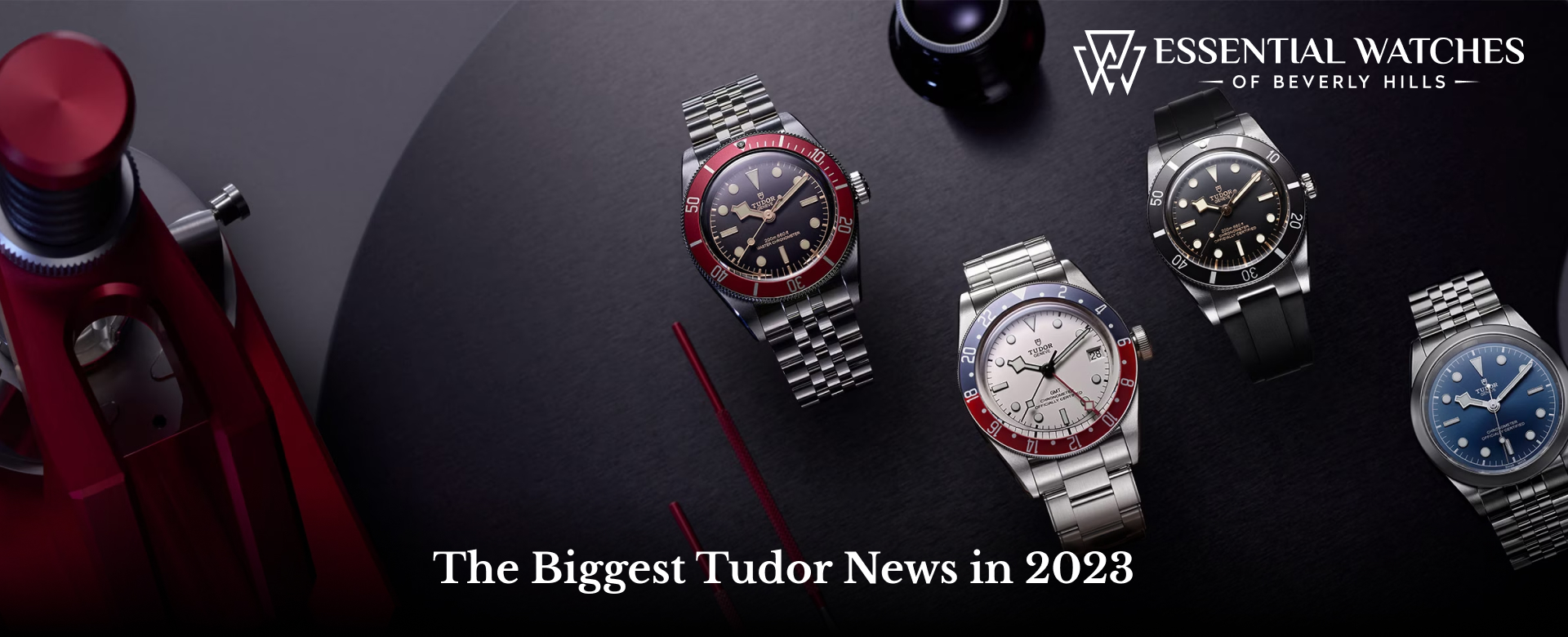



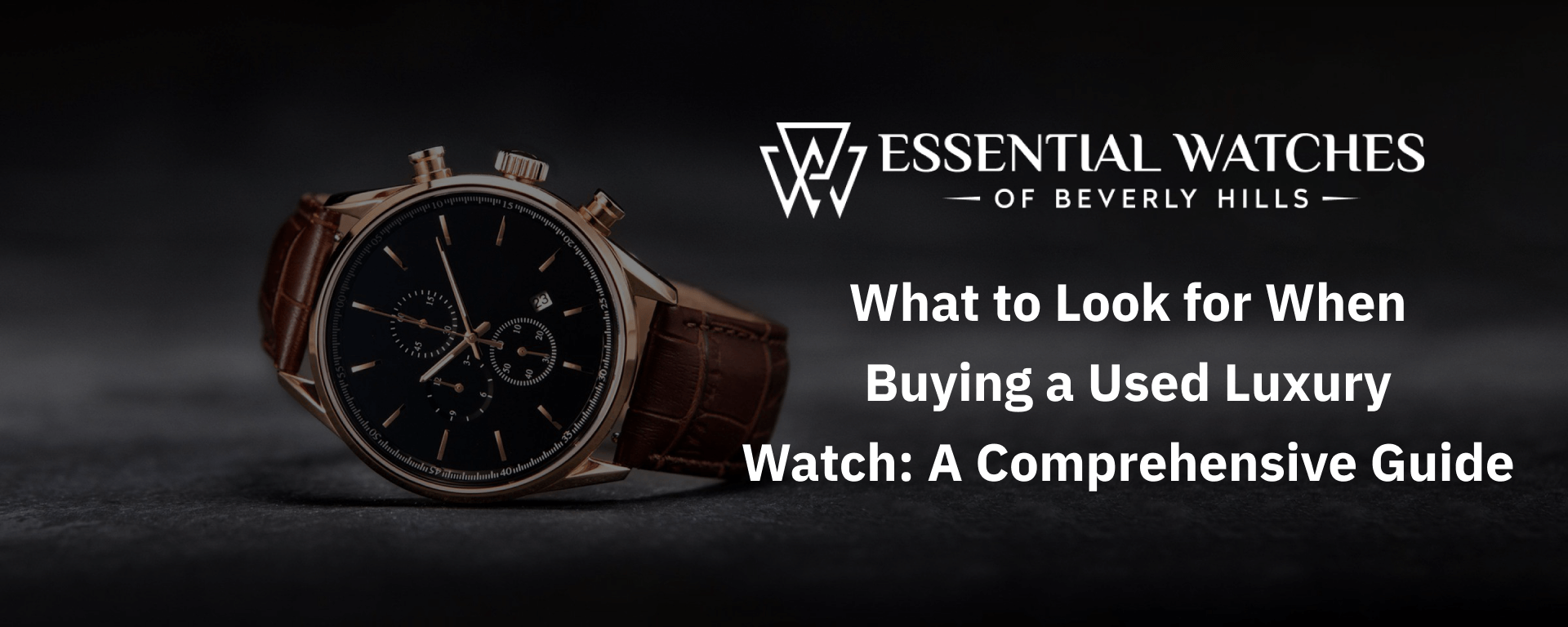
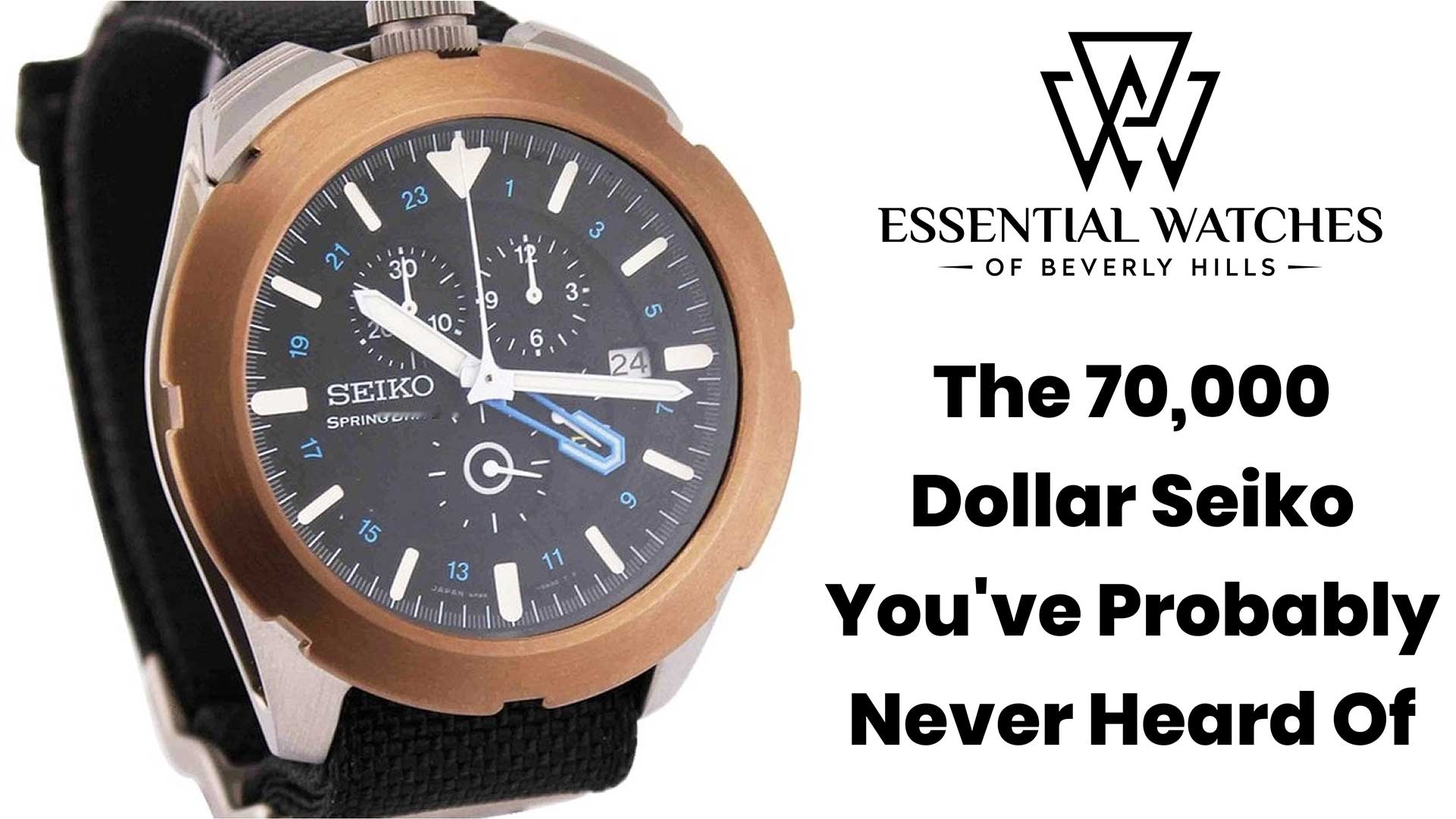



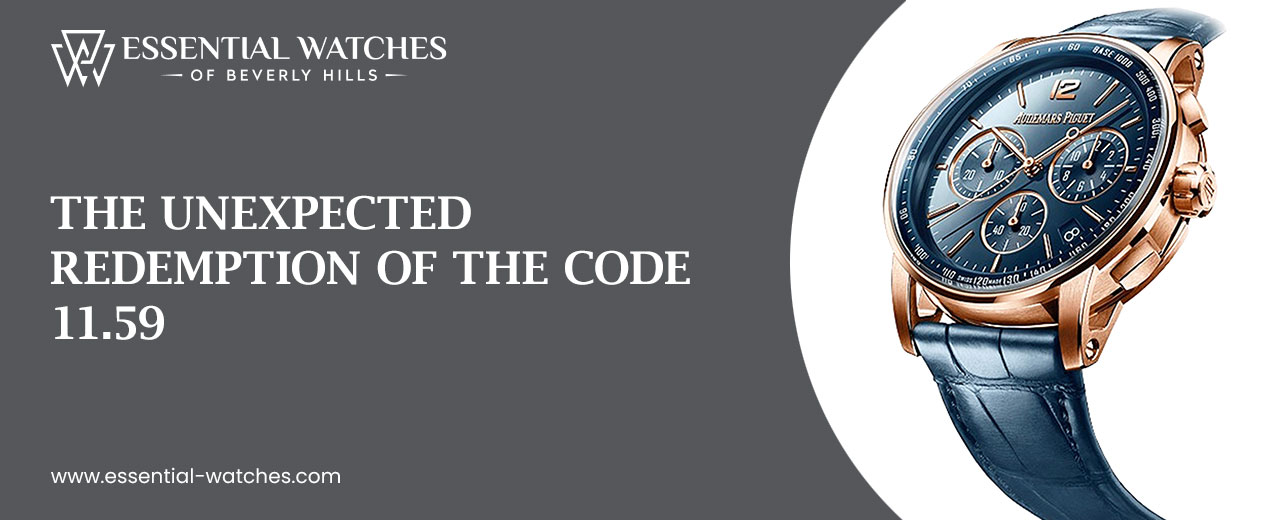
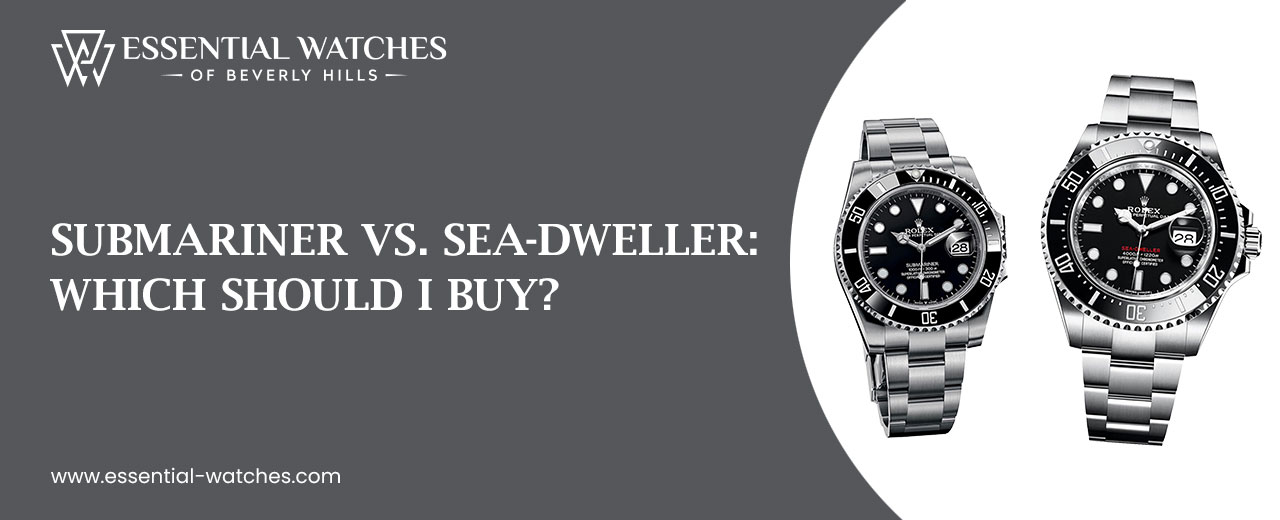
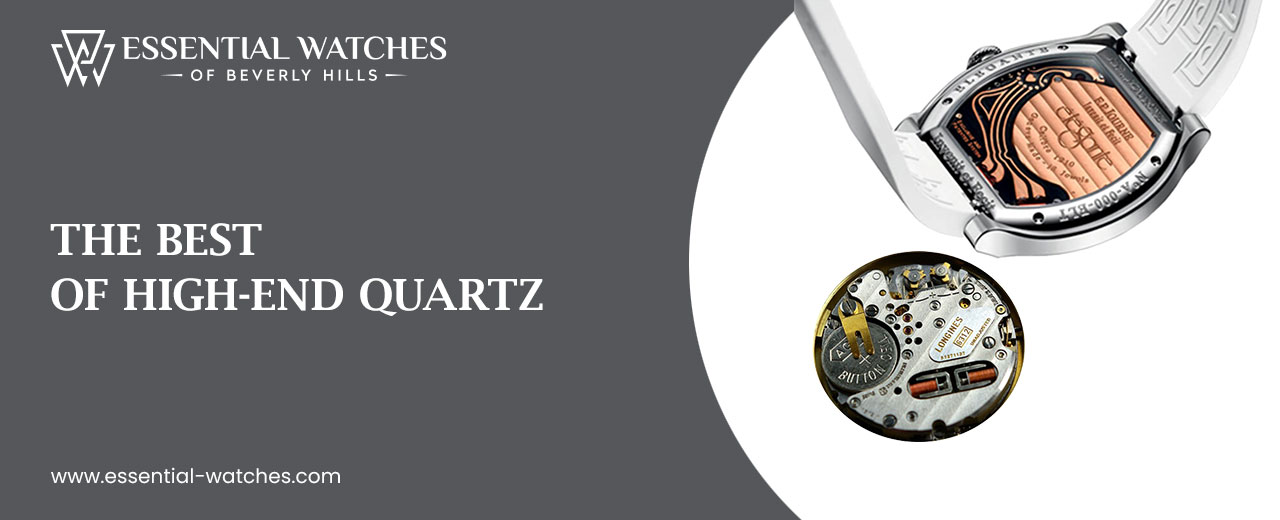


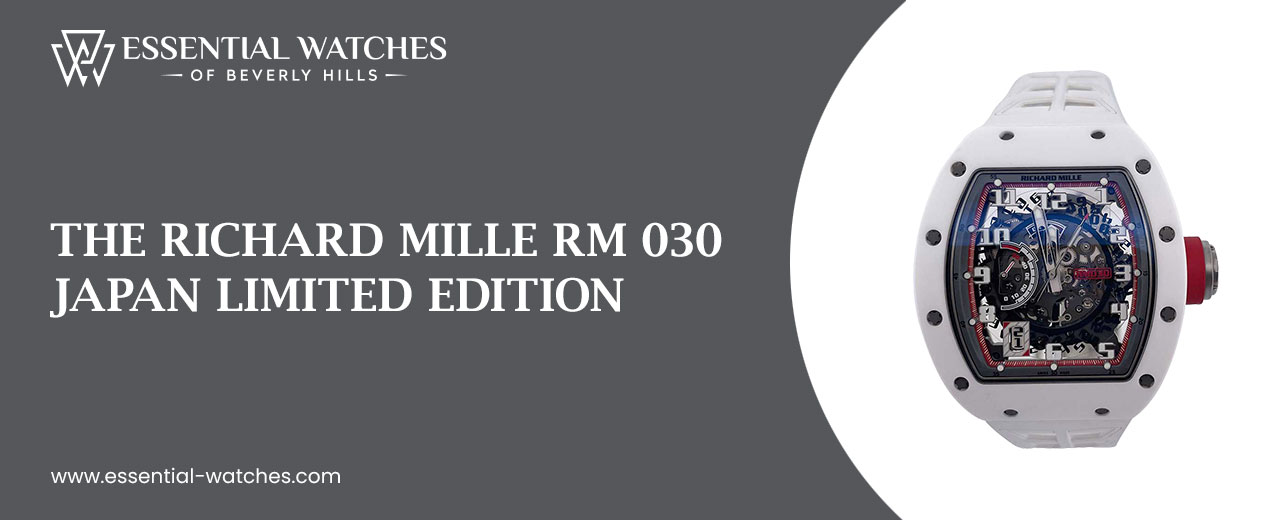
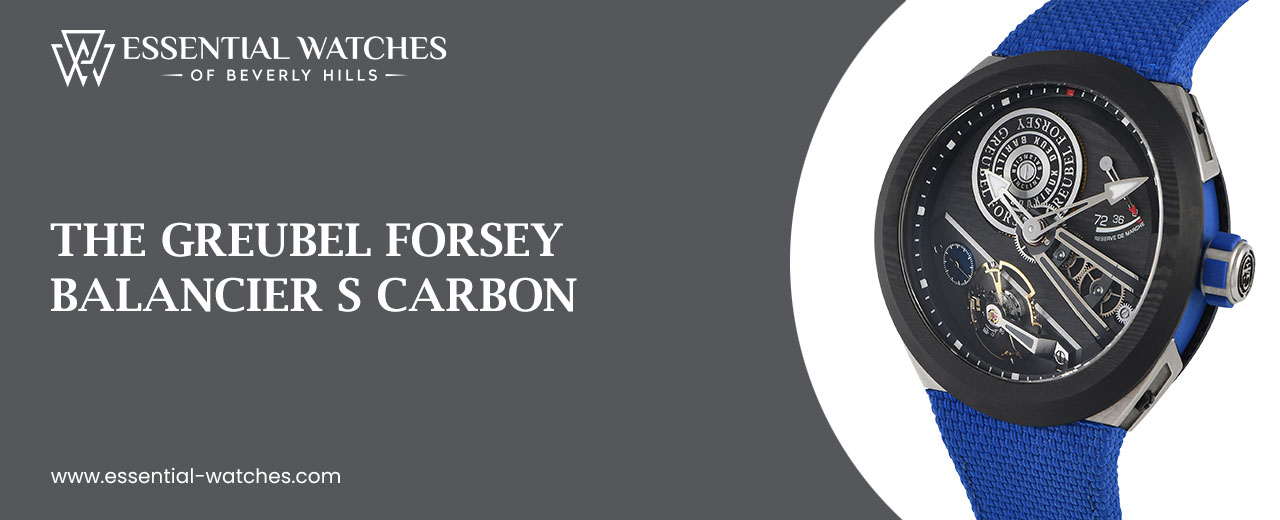
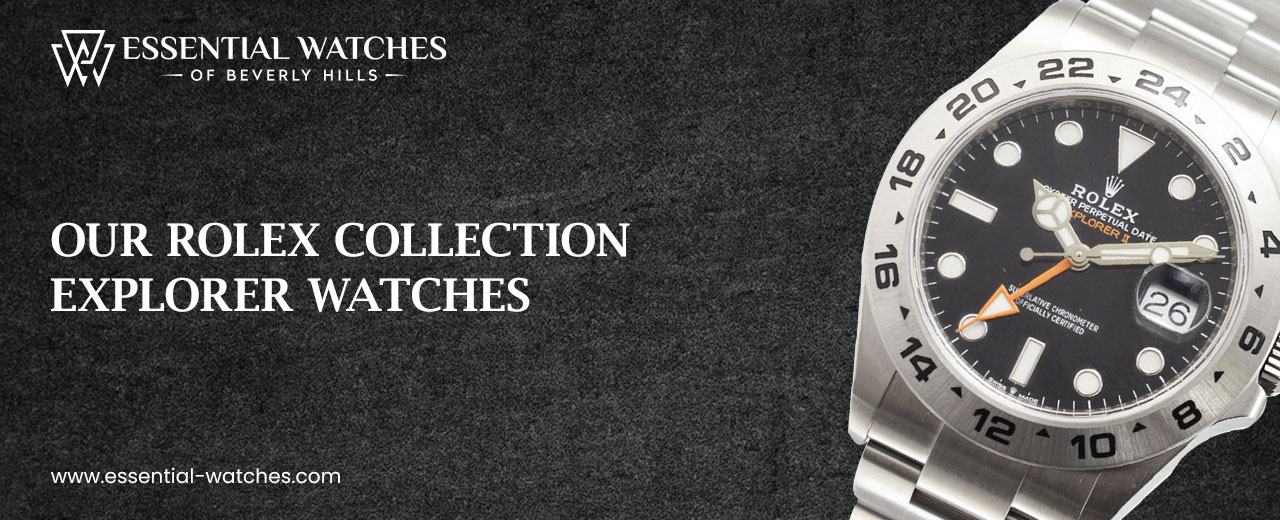
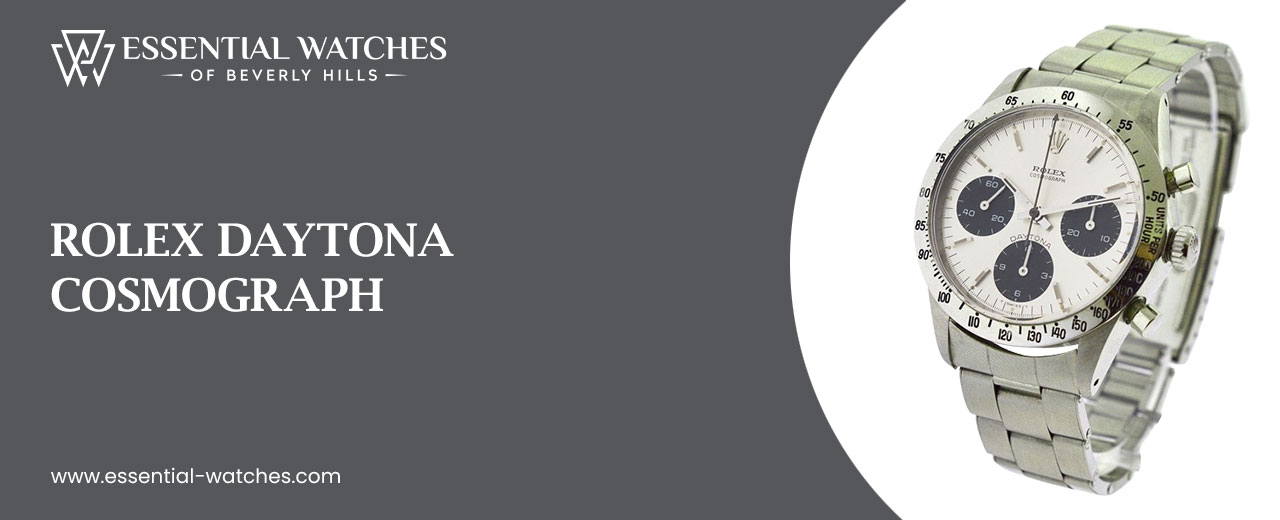
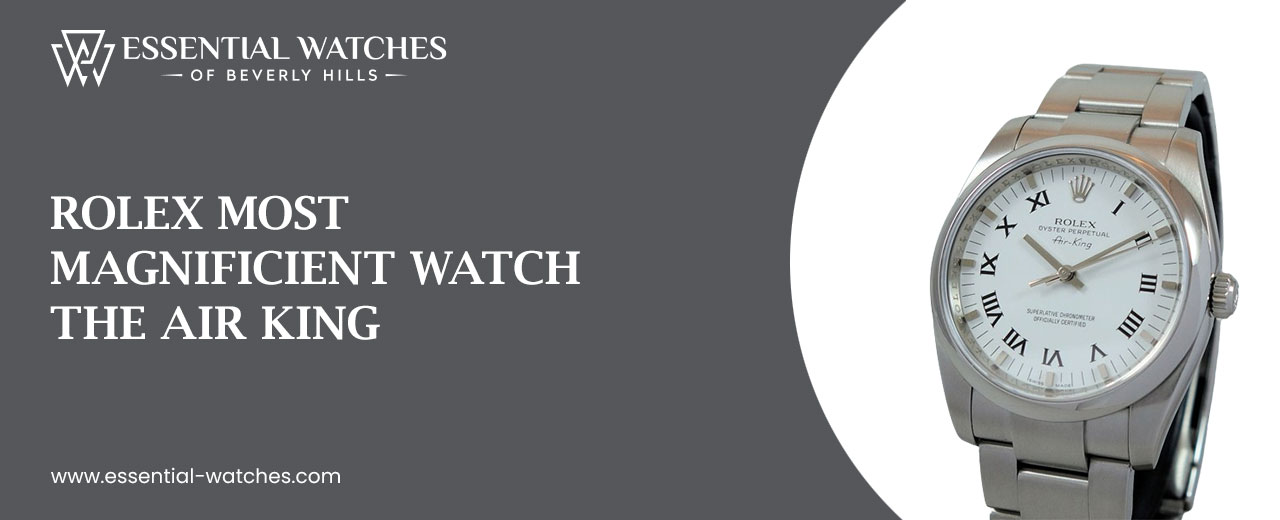



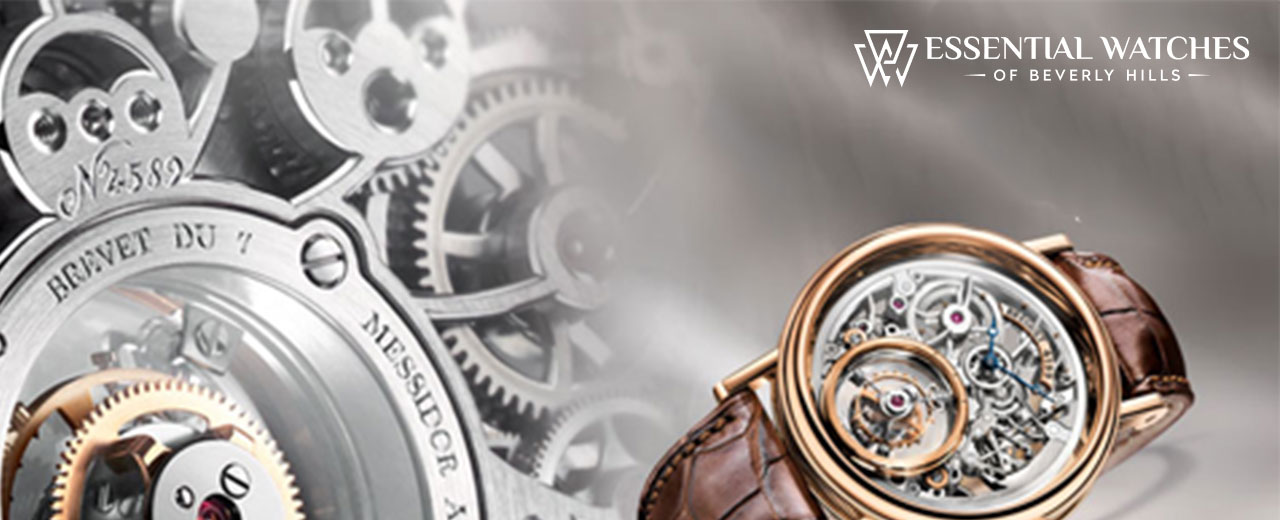

0 Comments